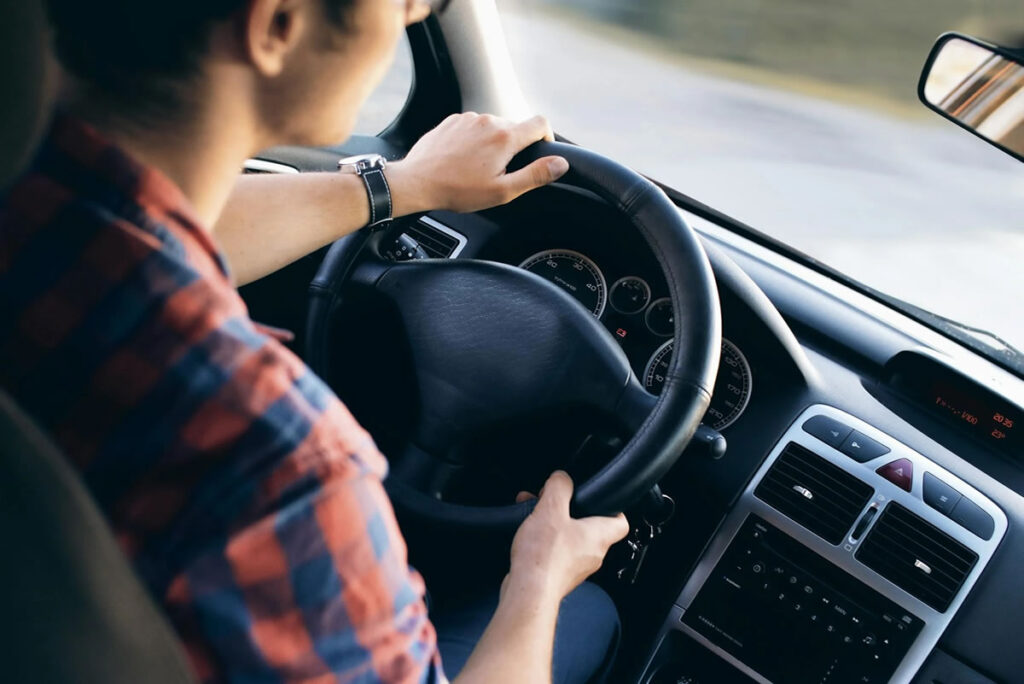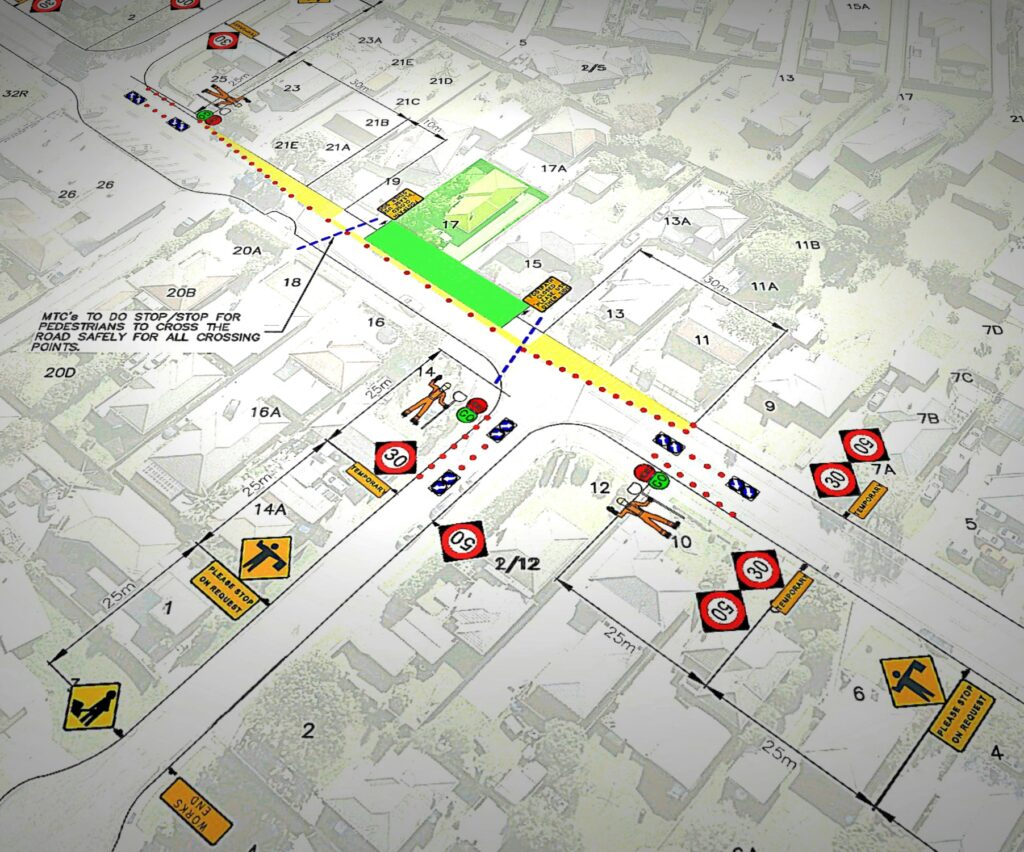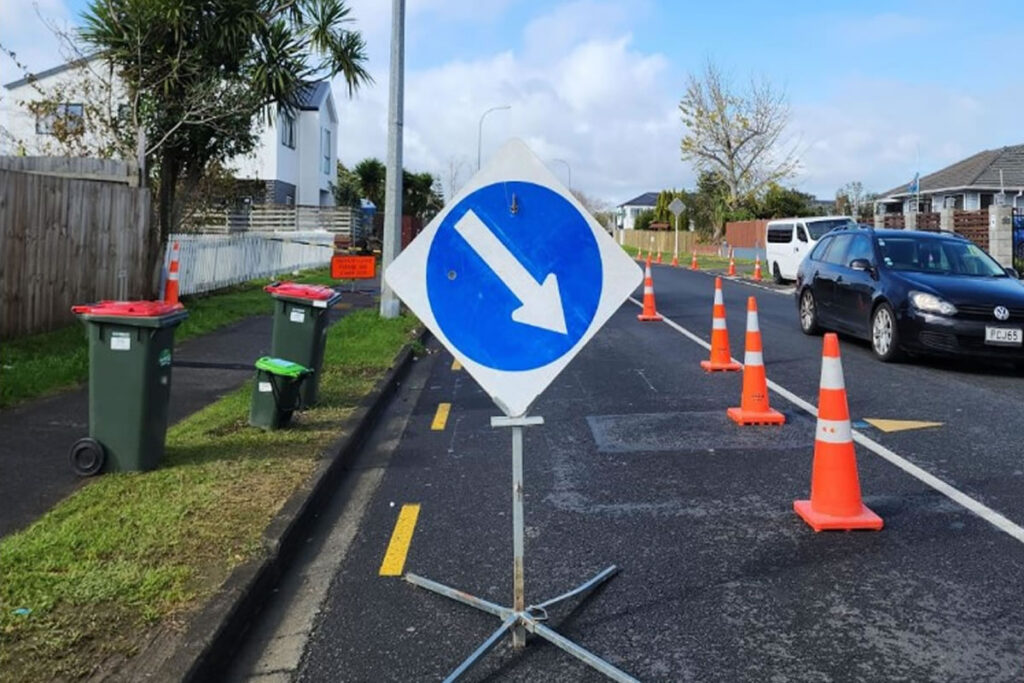Introduction
New Zealand’s picturesque landscapes and well-maintained roads make it a dream destination for driving enthusiasts. However, whether you’re a local resident or a visitor, understanding and adhering to New Zealand’s traffic rules is crucial for ensuring safety on the roads. In this guide, we’ll walk you through the essential traffic rules for driving in New Zealand, covering everything from speed limits to road signage. At Dynamixx Traffic Services, we emphasize the importance of road safety, and we’re here to help you navigate New Zealand’s road regulations with ease.
1. Drive on the Left Side of the Road
One of the most fundamental rules in New Zealand is that all vehicles must drive on the left-hand side of the road. This rule may take some getting used to if you’re visiting from a country where driving on the right is the norm, but it’s essential for avoiding collisions and ensuring smooth traffic flow.
2. Speed Limits and Zones
New Zealand has strict speed limits that vary depending on the type of road and the area:
- Urban Areas: Typically, the speed limit is 50 km/h (31 mph) in built-up areas, such as cities and towns.
- Rural Roads: On most rural roads, the speed limit is 100 km/h (62 mph).
- Motorways: The speed limit on motorways is generally 100 km/h (62 mph) unless otherwise indicated.
- School Zones: During school hours, speed limits may drop to 40 km/h (25 mph) near schools to ensure the safety of children.
Always keep an eye out for speed limit signs, as they can change depending on road conditions, construction zones, or local regulations.
3. Seat Belts and Child Restraints
Wearing seat belts is mandatory for all passengers in a vehicle, regardless of where they are seated. Children under the age of seven must be secured in an approved child restraint appropriate for their age and size. Failing to comply with these rules can result in hefty fines.
4. Alcohol Limits and Driving
New Zealand has strict laws regarding alcohol consumption and driving. The legal blood alcohol limit for drivers over 20 years old is 0.05%. For drivers under 20, the limit is zero – no alcohol is allowed in their system. Penalties for drink-driving are severe, including fines, license suspension, and even imprisonment.
5. Give Way Rules
Understanding New Zealand’s give way rules is vital for avoiding accidents at intersections:
- Uncontrolled Intersections: If you’re turning, give way to all traffic that’s not turning. When two vehicles are facing each other, both turning right, no one needs to give way.
- Roundabouts: Give way to all vehicles that are already on the roundabout, approaching from your right.
- Pedestrian Crossings: Always give way to pedestrians at marked crossings.
6. Use of Indicators
Always use your indicators when turning or changing lanes. This signals your intentions to other road users and is a critical component of safe driving in New Zealand.
7. Road Signs and Markings
New Zealand’s road signs and markings are designed to be clear and informative. However, some signs might be unfamiliar to visitors:
- Warning Signs: Usually yellow and diamond-shaped, warning of hazards ahead.
- Regulatory Signs: Red and white signs that indicate rules you must follow, such as speed limits or stop signs.
- Guide Signs: Green or blue signs that provide information on directions, distances, or services.
Understanding these signs is crucial for navigating New Zealand’s roads safely.
8. Mobile Phones and Driving
Using a handheld mobile phone while driving is illegal in New Zealand. This includes texting, making calls, or using any function on your phone. If you need to use your phone, pull over safely and stop the vehicle first.
9. Overtaking Rules
Overtaking should be done with extreme caution:
- Do Not Overtake: On double yellow lines, at intersections, pedestrian crossings, or railway crossings.
- Safe Overtaking: Ensure you have a clear view of the road ahead, use indicators, and only overtake when it is safe and legal to do so.
10. Emergency Vehicles
If you see an emergency vehicle (such as an ambulance, fire truck, or police car) with flashing lights and sirens, you must pull over and allow it to pass. This is critical for ensuring that emergency responders can reach their destination as quickly as possible.
Conclusion
Driving in New Zealand offers a unique experience, but it’s essential to understand and follow the country’s traffic rules to ensure your safety and the safety of others. Whether you’re a local driver or a tourist exploring New Zealand’s stunning landscapes, adhering to these rules will help you have a safe and enjoyable journey.
At Dynamixx Traffic Services, we are committed to promoting road safety and helping drivers understand the importance of following traffic regulations. For more information on traffic management, road safety, or to inquire about our services, don’t hesitate to contact us.
Contact Us Today
Need expert traffic management solutions in New Zealand? Dynamixx Traffic Services is here to help with comprehensive planning, on-site management, and equipment hire to ensure your road projects are safe and compliant with all regulations. Contact us today for more details.



